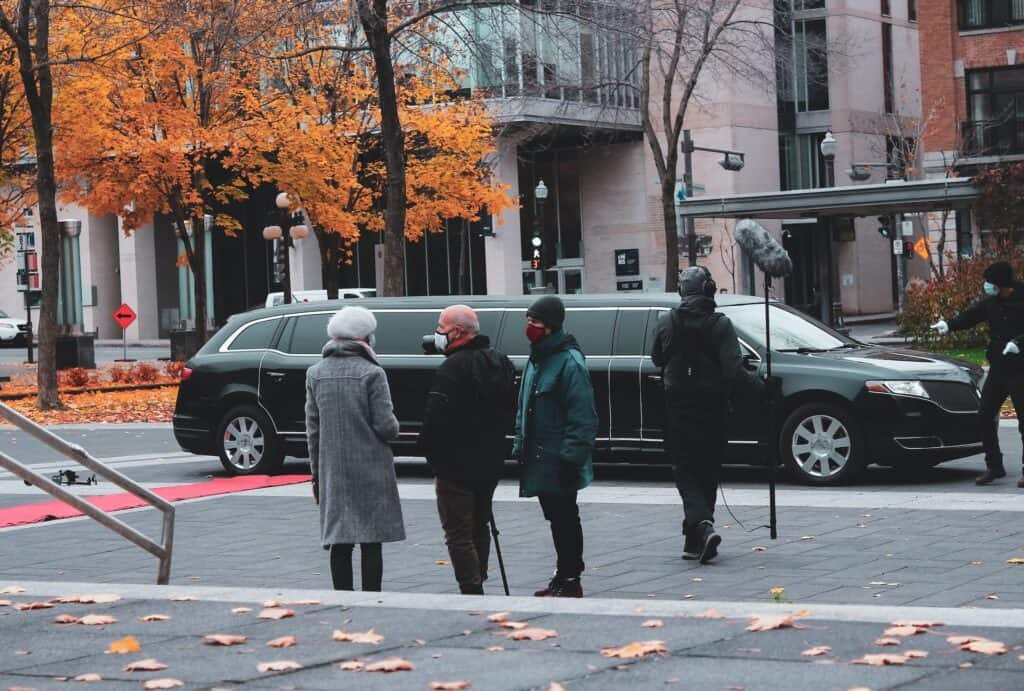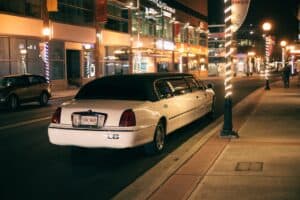
Are limousines safe? You might have wondered about the level of safety when hiring a luxury limo service.
This article examines the qualifications of drivers, the maintenance standards upheld, the design and safety features of the vehicles, as well as the emergency procedures and protocols in place.
Additionally, it delves into the regulatory compliance and industry certifications that ensure a safe and secure experience. Through an analytical and objective lens, we explore the question: are limousines truly safe for passengers?
Limo Driver Qualifications
To ensure the safety of passengers, you should hire limousine services that employ highly qualified drivers. These drivers undergo extensive training to ensure they possess the necessary skills and knowledge to handle any situation on the road.
Limousine companies prioritize driver training to ensure that their drivers are well-prepared and capable of providing a safe and comfortable experience for passengers. Additionally, background checks are conducted to verify the drivers’ qualifications and ensure they have a clean driving record. These checks help to identify any red flags or potential risks that may compromise passenger safety.
By hiring limousine services with highly qualified drivers who have undergone thorough training and background checks, you can have peace of mind knowing that your safety is their top priority.
Rigorous Limo Maintenance Standards
The maintenance of a limousine is crucial to ensure the safety of its passengers. Regular upkeep and inspections are necessary to identify and address any potential issues that may arise. By following industry best practices, limousine companies can mitigate any cost implications associated with maintenance, as regular servicing can prevent major breakdowns or accidents.
Industry best practices often include routine inspections of the vehicle’s mechanical components, electrical systems, and safety features. Additionally, the limousine service should have a comprehensive maintenance log, documenting all repairs and inspections. This log helps track the vehicle’s maintenance history and ensures that all necessary maintenance tasks are performed on time.
Proper Vehicle Design and Essential Safety Features
One important safety feature to consider is seat belts. Make sure that the limousine you hire has seat belts for all passengers, including those in the rear seats.
Seat belts are crucial in preventing serious injuries during accidents by keeping passengers securely in their seats.
Additionally, it is important to inquire about the limousine’s crash testing history. Reputable limousine services should have their vehicles regularly tested for crashworthiness and safety.
This includes evaluations such as frontal and side impact tests to assess the vehicle’s ability to protect occupants in various collision scenarios. By choosing a limousine service that prioritizes proper vehicle design and safety features, you can enhance the safety of your journey.
Limousine Service Emergency Protocols: A Must-Check for Safe Travel
When it comes to emergencies, time is of the essence, and a prompt emergency response can make a significant difference in passenger safety.
The limousine service should have clear guidelines and protocols outlining the steps to be taken in case of emergencies such as accidents, medical emergencies, or natural disasters.
These protocols should include communication channels with emergency services, designated emergency exits, and evacuation plans. Additionally, passenger training should be an integral part of the emergency procedures.
Passengers should be educated on how to respond during emergencies, including how to exit the vehicle safely and follow instructions from the driver or emergency personnel.
Limousine Services and Regulatory Compliance
To ensure the safety of passengers, it is important for limousine services to comply with industry regulations and obtain relevant certifications.
One crucial aspect of regulatory compliance is meeting insurance requirements. Limousine services must have appropriate insurance coverage to protect both the passengers and the company in case of accidents or other incidents.
This includes liability insurance to cover any injuries or damages that may occur during a point-to-point limo ride.
Additionally, obtaining industry certifications demonstrates a commitment to maintaining high standards of safety and professionalism. These certifications often require companies to meet certain criteria in areas such as vehicle maintenance, driver training, and customer satisfaction ratings.
By adhering to these regulations and obtaining certifications, limousine services can instill confidence in their passengers and ensure a safe and enjoyable experience while being an affordable alternative to ride sharing.



